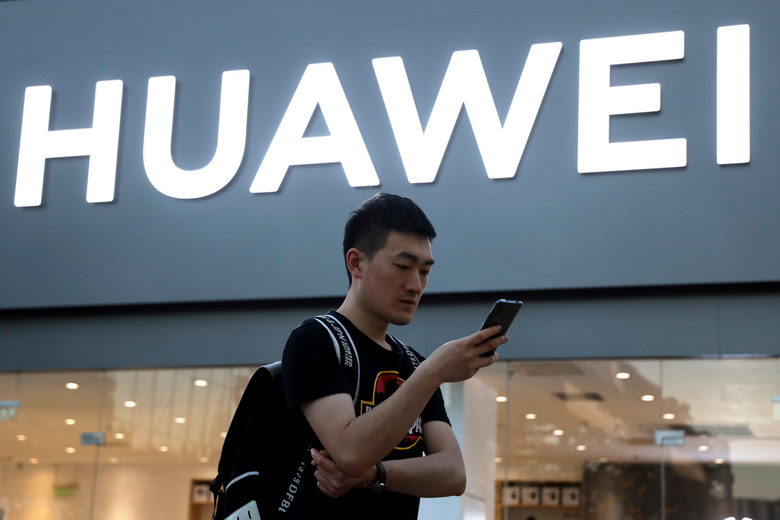Huawei Just Got The Ban Reprieve It Needs To Release The Mate 30 Pro And Mate X
August 19th marks the end of the temporary reprieve the US government gave Huawei after banning its access to American products, including hardware components as well as software licenses it needs to manufacture and sell all sorts of devices. But that doesn't mean Huawei will no longer be able to conduct business with US-based partners, as the Commerce Department was expected on Monday to extend the reprieve by several months. The extension was just announced, which means Huawei has ample time to launch two of its most important products of the year, including the Mate 30 Pro and Mate X foldable.
The Mate X was recently delayed to November, while the Mate 30 Pro is rumored to be unveiled on September 19th, one day ahead of Apple's iPhone 11 release. In both cases, we're looking at dates beyond the initial August 19th deadline.
When the ban was first announced, several US companies cut ties with Huawei, at least temporarily. It soon became clear that Huawei might not be able to manufacture and sell Android handsets under the ban, but the Chinese conglomerate made it clear that any phones launched with Google's Android would continue to receive software updates.
Sources familiar with the matter told Reuters a few days ago that the "temporary general license" would be extended for 80 days.
The same sources said the situation remains fluid and might change ahead of the deadline on Monday. US President Donald Trump and Chinese President Xi Jinping were expected to discuss the matter during a call over the weekend. While the ban on Huawei may be founded, there's reason to believe the company is being used as a bargaining chip in the US-China trade war.
The government blacklisted Huawei, alleging that the company violated US sanctions against Iran. Moreover, Huawei had to defend itself against allegations that its telecom equipment, including smartphones and networking gear, could be used to spy on Americans.
Without a reprieve extension, several of the major US tech giants doing business with Huawei would not be able to supply parts to the Chinese smartphone vendor. Moreover, Huawei's Mate 30 Pro and Mate X launch plans might be severely impacted.
Commerce Secretary Wilbur Ross told reporters last month that more than 50 applications for special licenses to sell to Huawei were received. Huawei spent about $11 billion in the US last year out of the total of $70 billion it paid for parts. Companies including Intel, Qualcomm, and Micron are among Huawei's suppliers, but they're hardly the only ones. Replacing its supply chain might be problematic, and the list of problems does include Google's Android and Microsoft's Windows. These two operating systems obviously power Huawei smartphones, tablets, and PCs.
Ross said on Monday that the US government will indeed extend the reprieve by 90 days, Reuters reports. He also said that 46 Huawei affiliates have been added to the Entity List, raising the total to over 100 Huawei entities covered by the ban.
It's unclear what will happen come November when the new deadline expires. "Everybody has had plenty of notice of it, there have been plenty of discussions with the president," Ross said, adding that the extension is supposed to help mainly those US customers who operate networks in rural America.
The report notes that Huawei is still prohibited from buying American parts and components for new products without additional special licenses. Ross said that there were no "specific licenses being granted for anything" on Monday.
